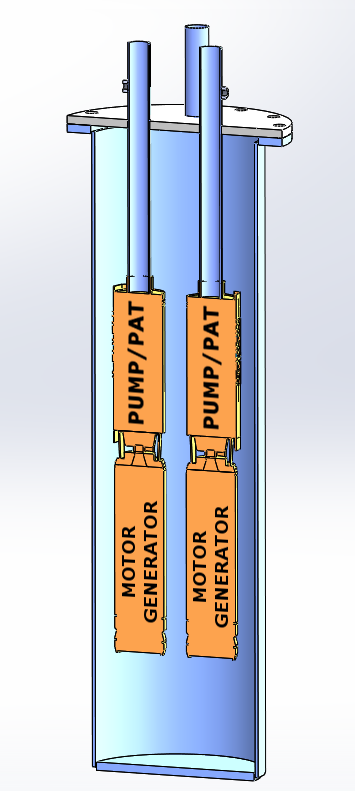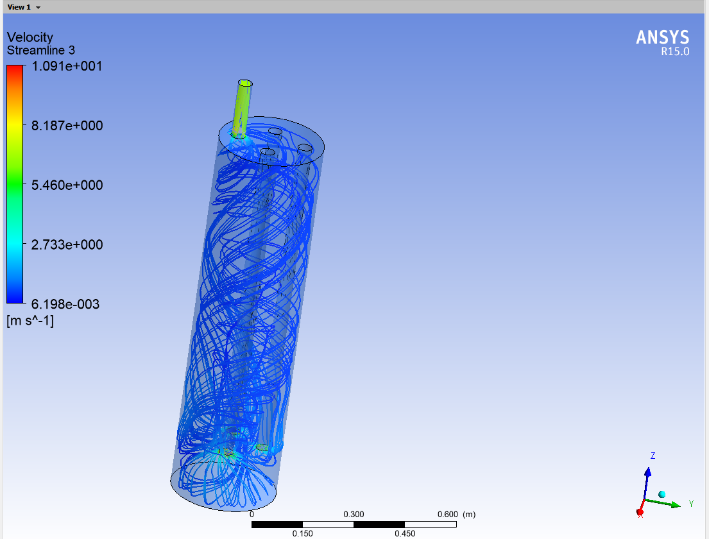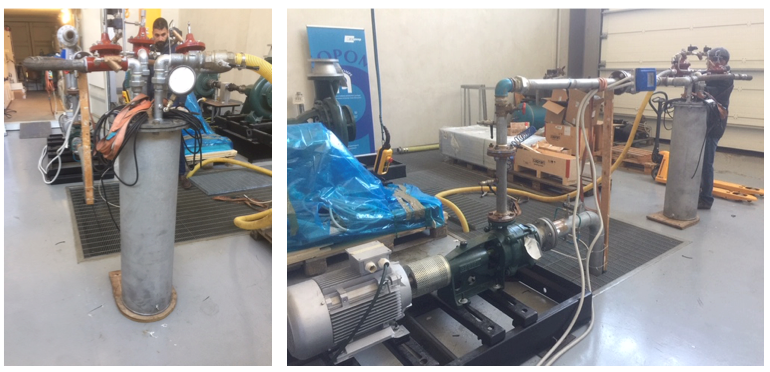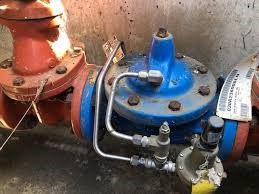Energy booster technology
Energy booster technology
 One of the major obstacles to the exploitation of hydropower plant (HPP) technology in water distribution networks is represented by the cost of the civil waterworks for housing electromechanical devices, piping and electronic controls.
One of the major obstacles to the exploitation of hydropower plant (HPP) technology in water distribution networks is represented by the cost of the civil waterworks for housing electromechanical devices, piping and electronic controls.
In the peripheral branches of the network the existing pressure reducing valves (PRVs) are hosted in small manholes, under the streets, too small to contain and maintain the HPP. Considering the small power available in each PRV node, the cost of any additional waterworks would be too high and the payback time will be not convenient for the water manager.
In order to overcome this problem, an innovative technology has been developed by a working group of Federico II in Naples, ITALY. The whole HPP is contained in a pressurized cylindrical booster, using submersed well pumps as PATs. The solution combines good plant efficiency with the absence of waterworks costs: the booster will be placed in the ground, under the existing manhole, by drilling a small hole in the soil.
The Energy Booster can be equipped with one or two PATs of different power. The second solution is suitable in the peripheral part of the network, in the presence of very large fluctuations of the flow rate due to the variability of the end users’ demand. By regulating few pneumatic valves, the HPP will face a wide range of flow conditions, operating with each single PAT alone, or with two PATs in parallel.
The Energy Booster is at present under testing in the Hydro Energy Laboratory of the Federico II University. The experimental and numerical results will be used to obtain the best design of the internal layout of this compact HPP.



(Images (L-R) Inner flow field based on numerical simulations; Typical PRV installation; Test on the Energy Booster in HELab.)
Watch this video: Energy Booster mounting in the Hydro Energy Laboratory at UNINA, or watch via our YouTube channel here

